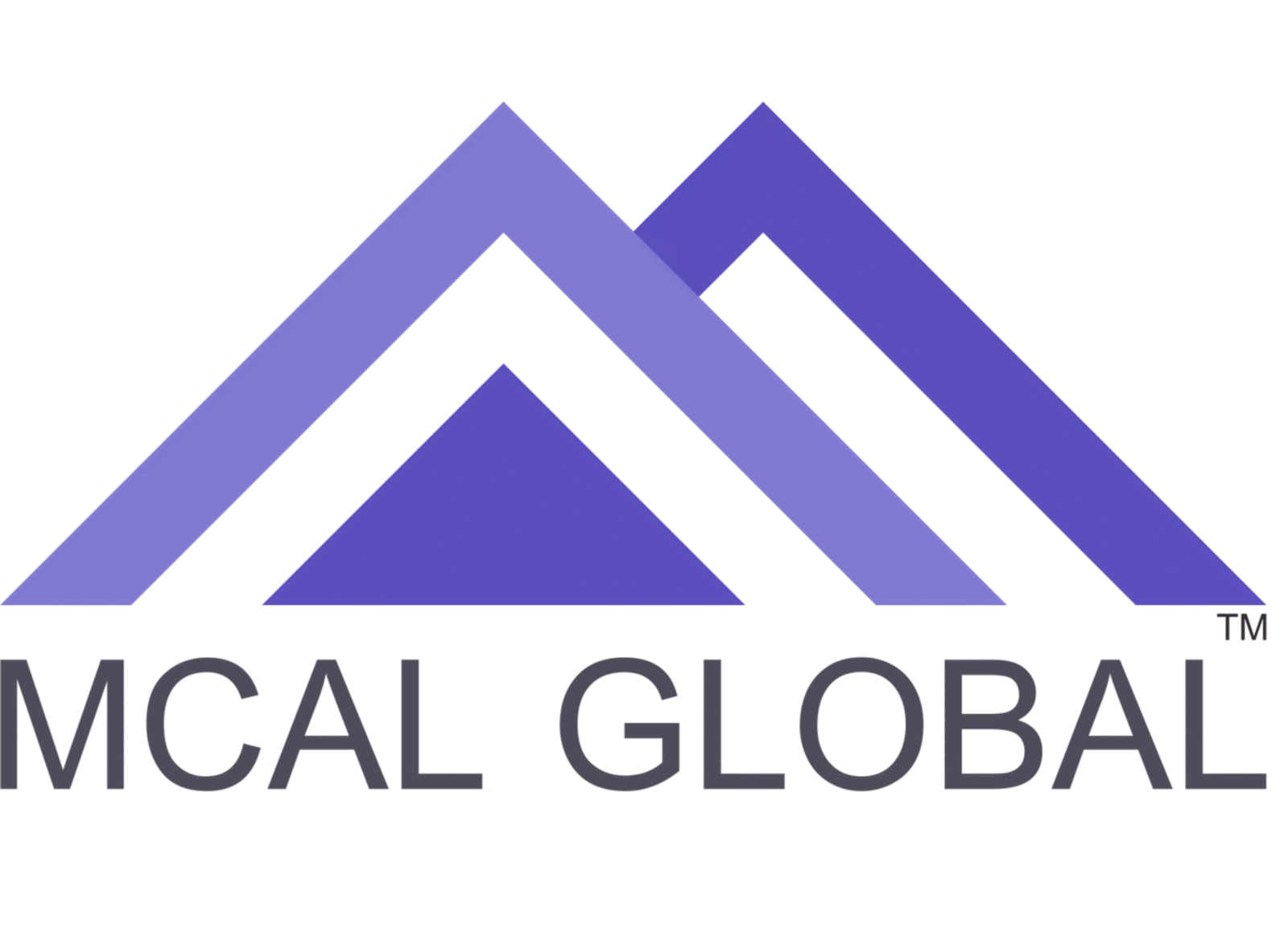Effective communication and stakeholder engagement are critical components of any successful project. Communication planning ensures that information flows smoothly within the project team and with external stakeholders, while stakeholder engagement techniques foster collaboration and address their needs and expectations. This comprehensive guide explores communication planning and stakeholder engagement techniques, providing insights into their importance, key strategies, implementation steps, real-world examples, and related website links of tools and organizations that support these practices.I. Understanding Communication Planning:
- Definition and Purpose: Communication planning involves developing a structured approach to ensure clear, timely, and effective communication throughout a project. It aims to identify key stakeholders, determine their communication needs, define appropriate channels, and establish a communication plan to facilitate information flow.
- Importance of Communication Planning: Effective communication planning offers several benefits, including:
- Improved project clarity and alignment.
- Enhanced team collaboration and coordination.
- Timely and accurate information sharing.
- Proactive risk and issue management.
- Stakeholder satisfaction and support.
II. Key Components of Communication Planning:
- Stakeholder Identification: Identify all relevant stakeholders who have an interest or influence over the project. This includes internal team members, executives, clients, vendors, and any other parties involved or impacted by the project.
- Communication Needs Assessment: Understand the communication preferences, information requirements, and expectations of each stakeholder group. Consider factors such as their role, level of involvement, decision-making authority, and preferred communication channels.
- Communication Channels: Select appropriate communication channels based on the nature of the message, stakeholder preferences, and project requirements. This may include email, meetings, project management tools, collaboration platforms, or specific stakeholder portals.
- Message Development: Craft clear, concise, and audience-focused messages that convey the necessary information. Tailor the message to each stakeholder group, considering their knowledge level, language proficiency, and specific needs.
- Communication Plan: Develop a communication plan that outlines the communication objectives, key messages, stakeholders, communication channels, frequency, and responsible parties. Ensure that the plan is dynamic and adaptable to changing project needs.
III. Stakeholder Engagement Techniques:
- Stakeholder Analysis: Conduct a stakeholder analysis to identify key stakeholders, understand their interests, influence, and potential impact on the project. Use tools such as stakeholder matrices to prioritize engagement efforts.
- Effective Communication: Establish open lines of communication with stakeholders, ensuring that they are well-informed about project progress, changes, and decisions. Encourage two-way communication to gather feedback and address concerns.
- Relationship Building: Foster positive relationships with stakeholders through active listening, empathy, and responsiveness. Establish trust by consistently delivering on commitments and providing opportunities for stakeholder input.
- Stakeholder Engagement Plans: Develop stakeholder engagement plans that outline specific strategies and activities to engage stakeholders effectively. This may include workshops, focus groups, surveys, or individual meetings.
- Conflict Management: Proactively address conflicts and differences of opinion among stakeholders by facilitating constructive discussions and finding mutually beneficial solutions. Engage in active negotiation and mediation, if necessary.
IV. Examples of Communication Planning and Stakeholder Engagement:Example 1: Construction Project: In a construction project, communication planning involves regular progress updates to stakeholders, safety briefings for on-site workers, and coordination meetings with subcontractors. Stakeholder engagement includes regular meetings with local communities, addressing their concerns, and providing updates on project milestones.Example 2: Software Development: In software development, communication planning may include daily stand-up meetings, regular progress reports, and weekly client meetings to discuss requirements and gather feedback. Stakeholder engagement techniques involve involving end-users in usability testing, conducting feedback sessions, and soliciting their input for feature prioritization.V. Related Tools and Organizations:
- Project Management Institute (PMI): PMI is a globally recognized organization that offers resources, certifications, and best practices for project management, including communication planning and stakeholder engagement. Website: https://www.pmi.org/
- Microsoft Teams: Microsoft Teams is a collaboration platform that offers features for team communication, file sharing, and video conferencing. It provides a centralized space for project teams to collaborate and engage with stakeholders. Website: https://www.microsoft.com/en-us/microsoft-teams/
- SurveyMonkey: SurveyMonkey is an online survey tool that enables the collection of stakeholder feedback and opinions. It can be used to gather insights, conduct satisfaction surveys, or gather input for decision-making. Website: https://www.surveymonkey.com/
Conclusion:Effective communication planning and stakeholder engagement techniques are vital for project success. By developing a robust communication plan, identifying key stakeholders, and employing effective engagement strategies, project teams can foster collaboration, ensure timely information flow, and address stakeholder needs and expectations. Organizations such as the Project Management Institute (PMI) offer valuable resources, certifications, and best practices in these areas. Tools like Microsoft Teams and SurveyMonkey provide digital platforms to facilitate communication and stakeholder engagement. By implementing these practices, projects can achieve greater clarity, alignment, and stakeholder satisfaction.References:
- Project Management Institute (PMI). (n.d.). PMI. Retrieved from https://www.pmi.org/
- Microsoft Teams. (n.d.). Microsoft Teams. Retrieved from https://www.microsoft.com/en-us/microsoft-teams/
- SurveyMonkey. (n.d.). SurveyMonkey. Retrieved from https://www.surveymonkey.com/
Note: The examples provided are fictional and used for illustrative purposes only.
For better understanding join MCAL Global’sMaster Business Analysis Training – MBATâ€. MBAT is the flagship business analyst course. MCAL Global has trained more than 2000 professionals on the business analysis processes, concepts, tools, techniques, best practices, business analyst certification, and software tools via this program.
Through active feedback collected from individuals & corporates, MCAL Global has perfected this business analyst course via numerous updates and revisions to deliver the best possible results for individuals or corporates.MCAL Global conducts a classroom for this business analyst course in Pune and Mumbai, else you can join our live online business analyst course from anywhere.
MCAL Global has trained professionals from the United States, UAE – Dubai, Australia, United Kingdom, and all major cities from India through our live instructor online business analyst courses. You can send your interest by visiting our contact us page.


